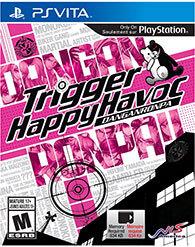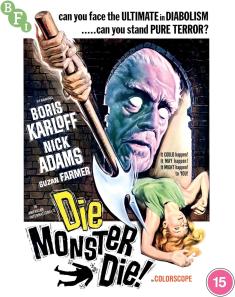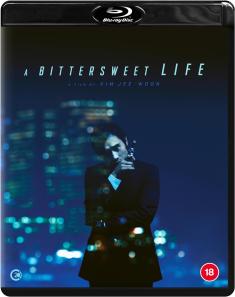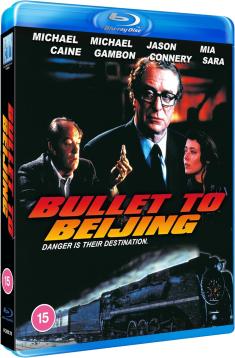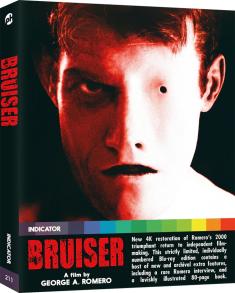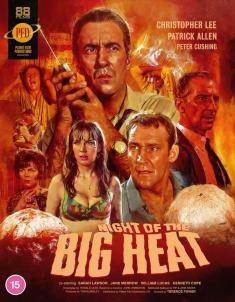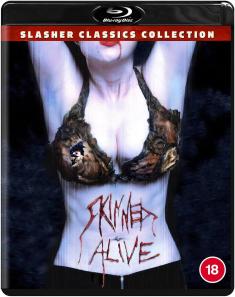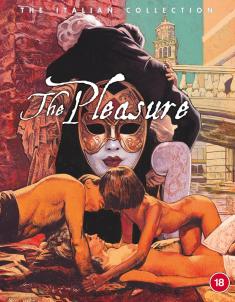Danganronpa: Trigger Happy Havoc
Overview -
Hidden beneath the well-known genres that dominate the North American video game landscape is the occasional gem from such obscure origins as the Japanese mystery visual novel genre. Case in point, 'Danganronpa: Trigger Happy Havoc.' 'Danganronpa' was originally developed by Spike Chunsoft and began life as a PSP title in Japan in 2010 before sprouting a franchise full of sequels as well as manga and anime adaptations. 'Danganronpa: Trigger Happy Havoc' is the remade original title, now localized by NIS America for North American Vitas.
Video Review
Here again, there are huge challenges for the game. The 3D environments are extremely basic and there are no in-game 3D characters. Nevertheless, the PSP origins mean small areas. And yet, the colorful 2D characters, who lead a list of items redone since the PSP, look stunning. Important cutscenes and stills used to punctuate some transitions also look very good. The UI, menus, and the various incarnations of the Trials are sharp and in some cases very impressive. The Trial section where you recreate the murder through comic book panels is another highlight.
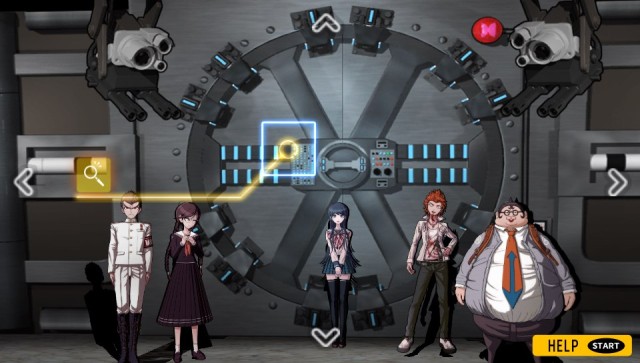 |
While environment pieces like the washers in the laundry room look to have been painstakingly drawn to reflect a false depth, the pixel art style presents could stand some extra detail. In short, the more time spent in the hallways versus in the trials, the less good the game looks.
There is a mix of styles in the various character designs, with a few intended outliers. Animations are very simple, and often exaggerated, yet the result is cohesive and a boon on the OLED Vita.
Audio Review
NIS America very wisely has included the original Japanese language track along with the new English one. The shame though is that once a language is chosen, it cannot be changed except by starting a new game. Though I didn't care for the player character's English voice, the rest of the cast acquitted themselves well.
More disturbing for some is the proportion of text-only dialogue to voice acting. Each character has a staple of audible phrases to go along with long text conversations, and unlike stepping back to a 1990's game, the overall effect works. I had a voice in mind for each character and could skip through their dialogue at my pace.
Though the game could be played without audio, it would detract from the experience too greatly for me to recommend. Speakers work well enough, though the ultimate biker gang leader tends to yell "piece of shit" with some regularity.
When you break it down, the ingredients that make up 'Danganronpa: Trigger Happy Havoc' can seem like a mishmash that shouldn't work. The whole of the experience, however, is a refreshing blast, and that's due to more than just the extraordinary setting. The PSP underpinnings make for some unfortunate limitations, but the game's ability to continual introduce story and gameplay twists keep the experience humming along. Though it's hard to keep capitalizing on something that worked so well the first time, it's not at all surprising that the game is a cult hit, and I'm hopeful that at some point in the future an existing or even all-new sequel makes its way here.
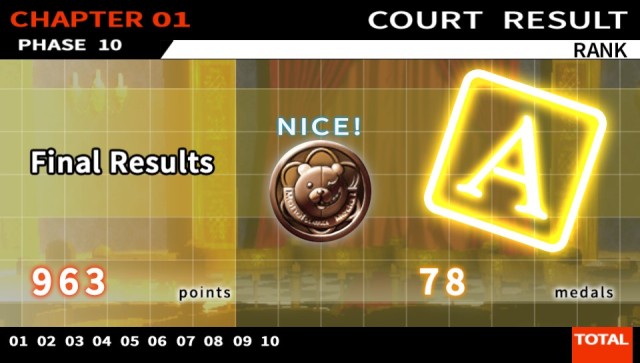 |
Click here to view comments on this review
